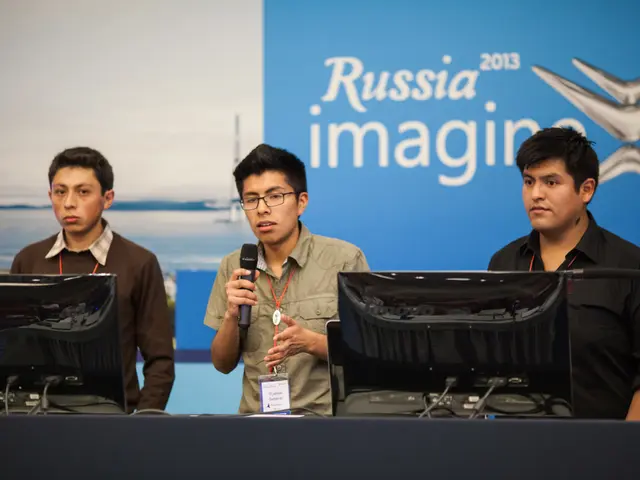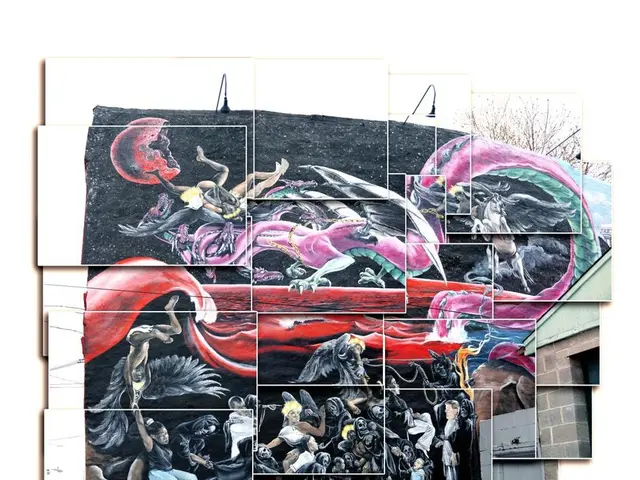Manipulated Media Masterpieces: Deepfake Techniques Ranked
In the rapidly evolving world of technology, one particular phenomenon has raised alarm bells - deepfakes. These sophisticated forgeries, which manipulate audio and video content to create lifelike simulations, have been making headlines for their potential to deceive and disrupt.
Last year, a viral video purported to show former US President Barack Obama insulting then President Donald Trump. The video, however, was a creation of director and actor Jordan Peele, aiming to highlight the dangers posed by emerging deepfake technology. Peele digitally inserted his voice and mouth into a genuine video of Obama.
Similarly, in March 2022, a deepfake video of Ukrainian President Volodymyr Zelensky appeared on social media, falsely calling on his armed forces to surrender. Such impersonations of political leaders have become increasingly common, raising concerns about their potential to sow discord and misinformation.
In the realm of entertainment, deepfakes have also made an appearance. A series of deepfake videos featuring Hollywood actor Tom Cruise were published on a TikTok account in early 2021, showing him undertaking various activities.
Deepfakes have also found their way into courtrooms. In a UK child custody battle, a mother produced an audio that made it sound like her husband was making violent threats towards her. However, when experts examined the recording, they found that the software manipulated the recording to include words not used by her husband.
The financial sector has not been immune to deepfake attacks. In the very first recorded case of a deepfake scam, the CEO of a UK-based energy company was duped into transferring $243,000 to fraudsters after receiving a phone call from someone who claimed to be the firm's chief executive. In fact, AI voice technology was used to spoof the German chief executive's voice.
This trend continued in October 2021, when it was revealed in court documents that a Hong Kong bank had been swindled out of $35m following an elaborate deepfake plot. The fraudsters used 'deep voice' technology to clone the voice of a company director about to make an acquisition and asked the bank to authorize transfers worth $35m.
Even the royal family has not escaped the reach of deepfakes. In December 2020, a deepfake video of the Queen's Christmas Message was created and circulated, with no further details provided.
The proliferation of deepfakes has led to calls for increased regulation and detection measures. In March 2021, UK broadcaster Channel 4 published an alternative Christmas message in the form of a computer-generated version of the Queen, prompting complaints to the UK regulator, Ofcom.
The first known case of a deepfake fraud in 2019 is not explicitly named by a specific person in the search results. However, deepfake technology and related criminal uses, especially in identity manipulation and fraudulent schemes, began gaining attention around that time, with legal and social challenges documented starting in 2019 and thereafter.
Recent events, such as the deepfake video of Russian President Vladimir Putin declaring peace resurfacing in March 2022, which was manipulated from a real video posted by the Kremlin, underscore the need for continued vigilance and action against deepfakes. As technology continues to advance, so too must our efforts to combat these deceptive practices.






